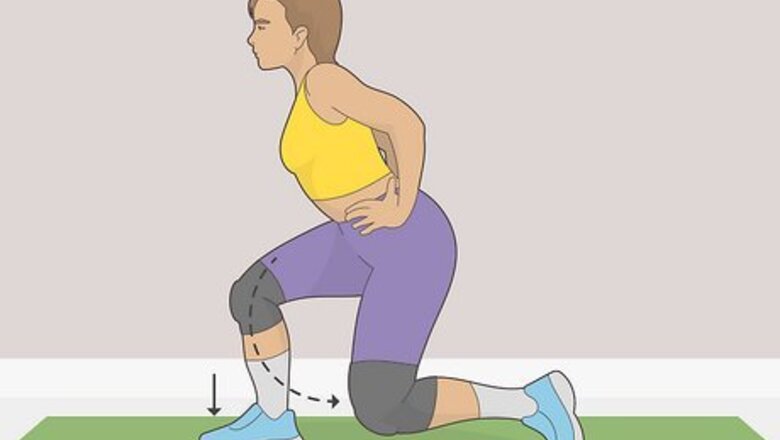
views
Getting into a Kneeling Position
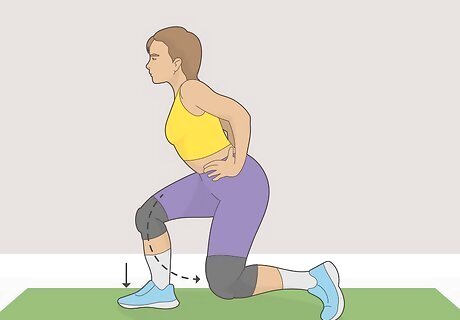
Lower one knee slowly to the floor. Extend one leg slightly behind you. Shift your weight to the foot of the opposite leg. Slowly lower your knee towards the ground.
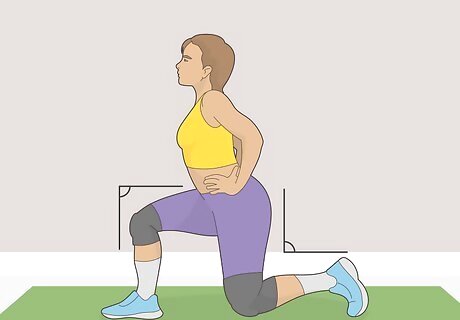
Balance your weight. Once your knee is comfortably on the ground, shift weight back onto it. Make sure that the foot you have flat on the ground is pointing straight ahead, and that your legs are both bent at 90 degree angles. In addition, make sure that your hips are in line with your shoulders.
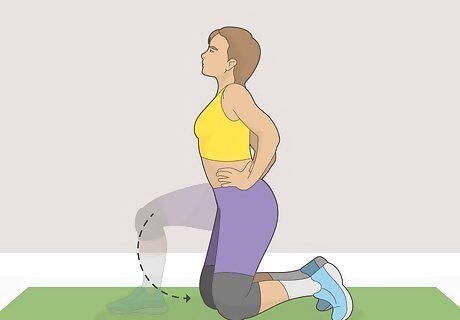
Pull your other leg underneath you. If you do not wish to stay in a half-kneel position, shift your weight to the knee resting on the ground and gently pull your other leg under you. Bring your knees together and re-disperse your weight between them. Adjust your legs so that your knees are shoulder width apart, which will balance the weight more easily between knees.
Protecting Your Knees
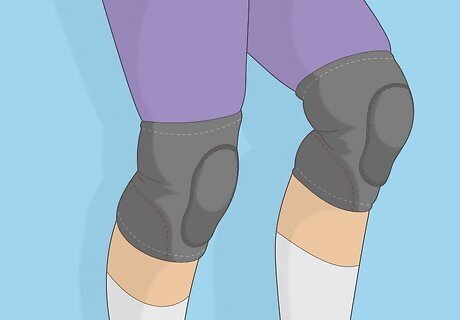
Wear knee pads. Knee pads are an excellent way of preventing the damage that can occur to your joints after prolonged periods of kneeling. Look for knee pads online or in hardware stores, where the selection will be geared towards kneeling rather than sport performance. Look for knee pads with a solid, non-slip outer casing and gel or foam cushioning. Make sure that the knee pads are large enough to adequately protect your knees. When in doubt, opt for a larger size.
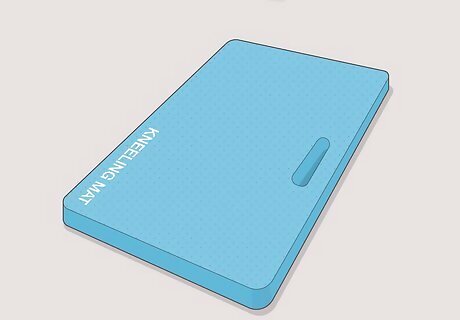
Buy a kneeling mat. Kneeling mats are a good option for protecting your knees during long periods of kneeling in the same position. Garden mats are versatile pads that be used virtually anywhere (e.g. kneeling next to the tub to give your dog a bath). Look online, or in department stores for gardening kneeling mats, which range in size and materials (e.g. basic foam, gel cushioning, memory foam).
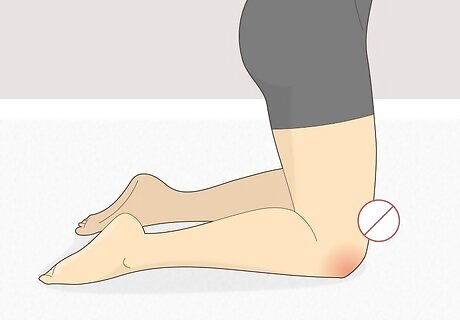
Avoid kneeling on bare knees. To protect your knees from scrapes or other skin abrasions, avoid kneeling on bare knees. If you are not wearing knee protectors or long clothing, kneel on a soft surface (e.g. carpeting or grass) instead of a rough surface like hardwood or concrete. If this is not possible, lower yourself into a squat position instead of kneeling.
Ensuring Knee Health
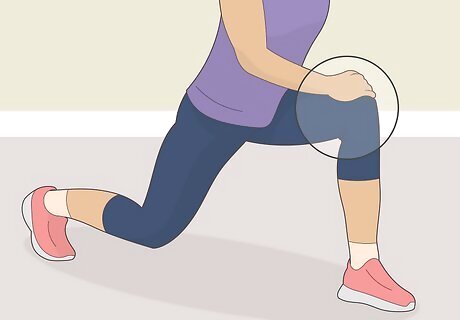
Do knee-strengthening exercises. To improve the condition of your knees, do knee-strengthening exercises on a regular basis. Opt for low-impact cardio and muscle-strengthening reps, which will build up your knees without putting excessive strain on them. To prevent injury, warm up and stretch for several minutes before any vigorous exercise.
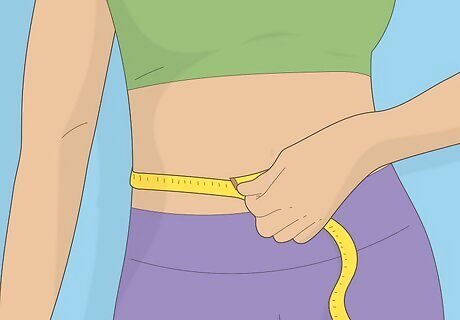
Lose excess weight. Carrying excess weight can cause stress on your knees joints, leading to injury and accelerated breakdown of knee cartilage. Lose weight safely by consulting your doctor, making a healthy meal plan, and exercising regularly. Stay away from fad diets, cleanses, or diet pills, which can be dangerous and result in your body lacking required nutrients.
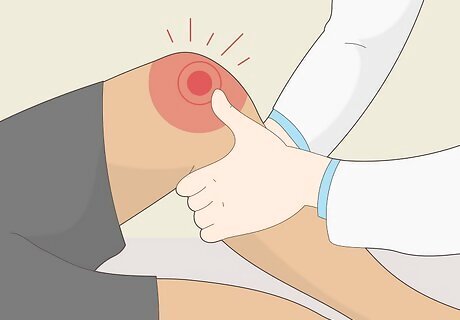
See your doctor if you have persistent knee pain. If you experience persistent knee pain when kneeling, consult your doctor immediately. Serious issues may need to be treated with anti-inflammatory medication, painkillers, physiotherapy, or surgery. Conditions causing knee pain include: Damage to cartilage or ligaments Knee sprains Osteoarthritis Bursitis (also known as "housemaid's knee", a condition common in individuals who kneel frequently) Tendonitis Torn tendons
















Comments
0 comment